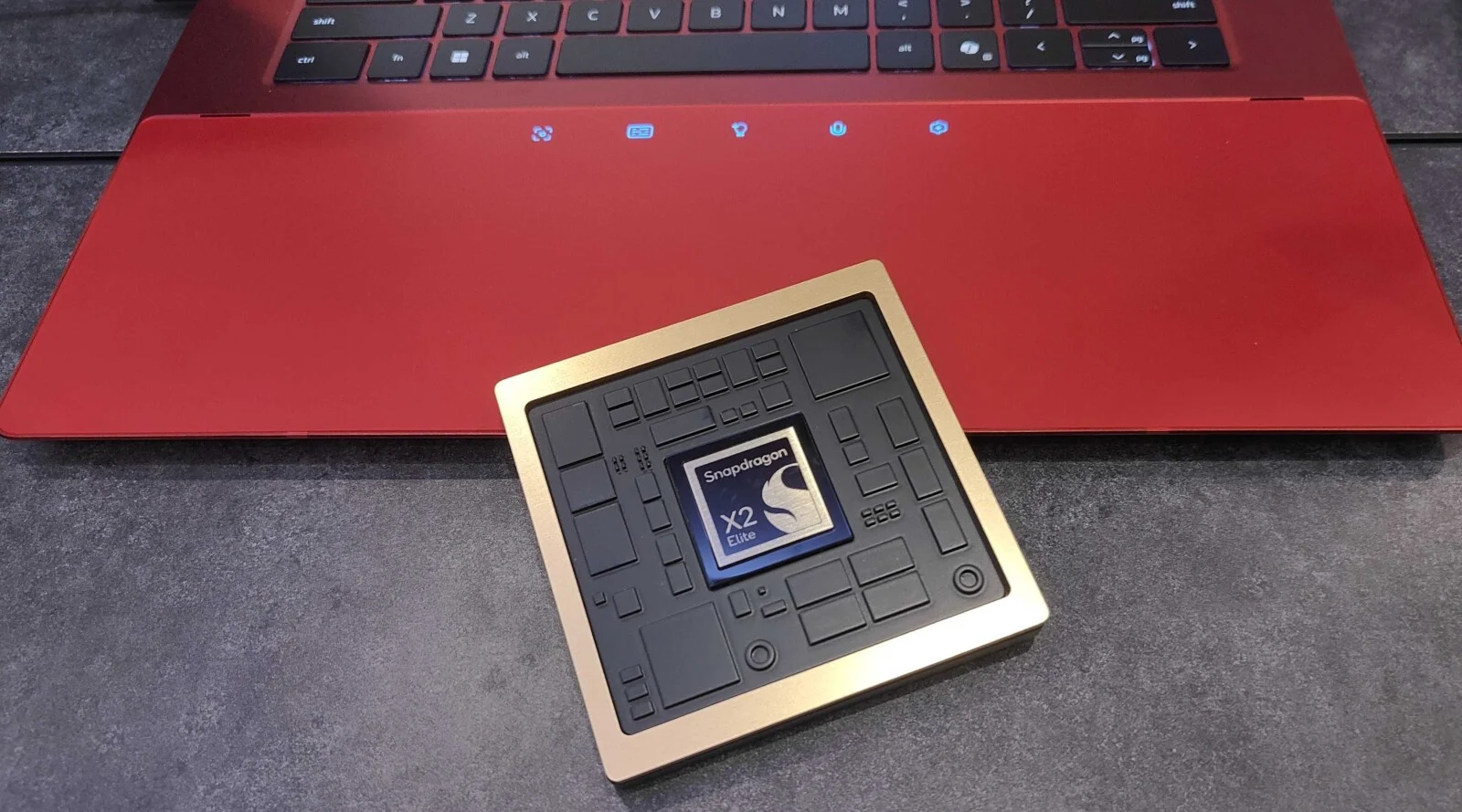Researchers believe that NASA’s New Horizons Mission to Pluto will be leaving a rich legacy. According to them, this mission might play a huge role in encouraging ambitious explorations across our solar system in the future.
On July 14, New Horizons successfully completed its first flyby across Pluto. During this entire mission, the spacecraft has collected a large number of images and a significant amount of data about the dwarf planet and its five moons. Those images and data have already changed the way scientists used to perceive Pluto. Also, the findings by the spacecraft have also made the scientists think differently about other bodies present in the Kuiper Belt, a region of the solar system located beyond the planets.
Large volumes of data collected by the New Horizons spacecraft are still on the way and will take some time to reach the Earth. So, it can be easily assumed that we will get to know a lot more about our solar system and the planet Pluto once those facts reach the Earth. It’s expected that New Horizons will be zooming past another comparatively smaller object on the Kuiper Belt in 2019.
New Horizons’ principal investigator Alan Stern has expressed his happiness about the kind of common interest people are showing in this mission by NASA and the Pluto flyby. According to Stern, people tend to take a lot of interest in missions that involve things they don’t know much about. He hopes that this mission by NASA help in accelerating space exploration.
So, what has the mission allowed us to discover? As mentioned above, photos of Pluto and its moons captured by New Horizons have left the majority of the planetary scientists highly surprised. They depict glaciers and ice mountains on Pluto’s surface and huge, deep canyons on the surface of the planet’s largest satellite Charon.
http://thehoopsnews.com/2015/08/04/7147/african-jackals-are-not-jackals-they-are-golden-wolfs-study-finds/
Some parts of the Charon and Pluto terrain photographed by the spacecraft boast very few or zero craters. This indicates that both the objects are active geologically.
The New Horizons mission is led by a small team of scientists and involves five times less expenditure than the much talked about Voyager program. The total cost of New Horizons is just $720 million.








Add Comment